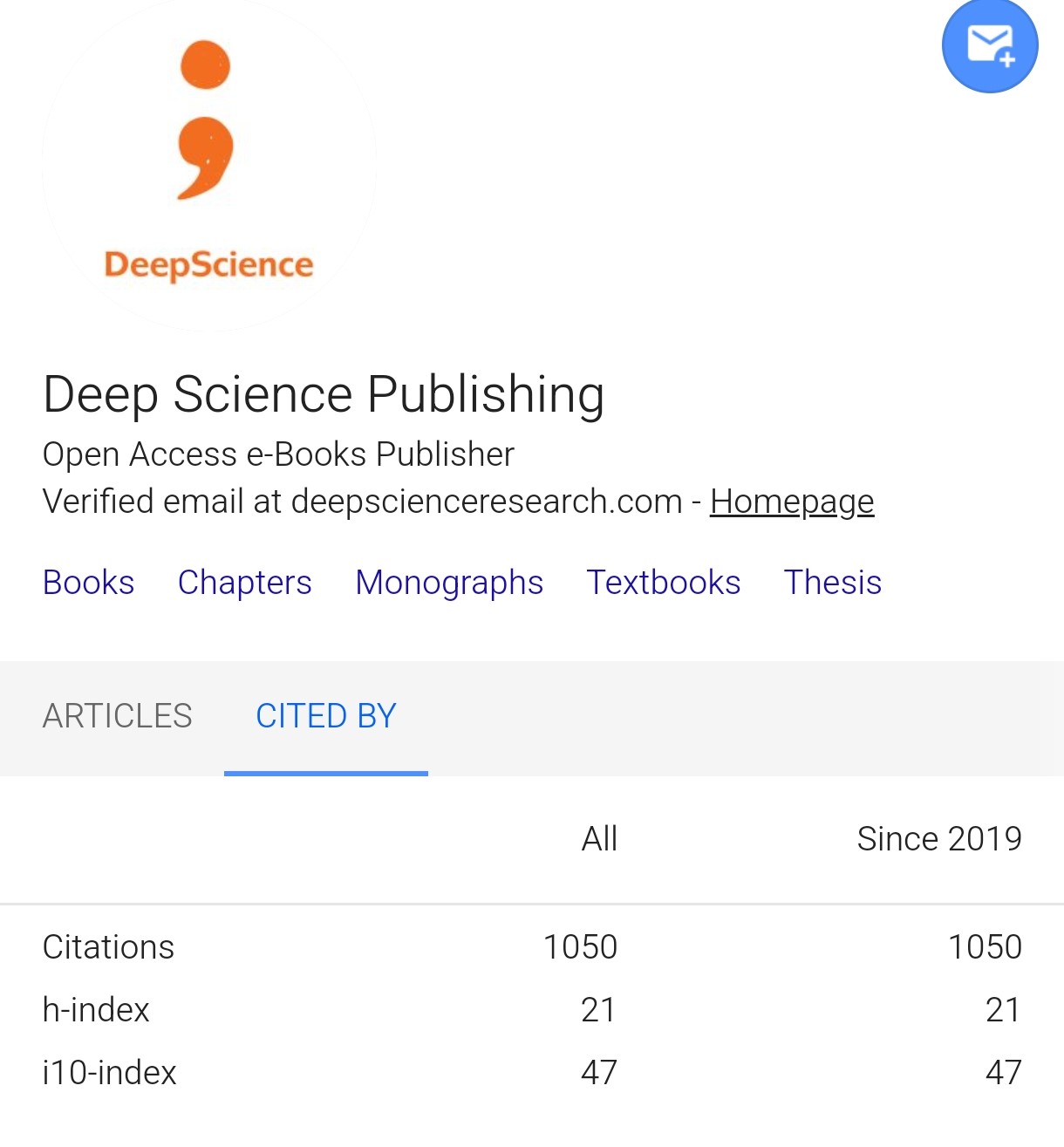Ensuring compliance with regulatory standards in artificial intelligence-driven financial systems
Synopsis
The financial sector is pervaded by high uncertainty and at a constant risk of damage to multiple stakeholders, either voluntarily or involuntarily. The highly unpredictable, multi-stakeholder, and multi-dimensional implications of machine learning assurances in finance have caused regulators around the world to impose strict regulations on their use. The heavy documentation requirements imposed on AI systems primarily aim to increase transparency through collaborative scrutiny of different stakeholders by allowing audits to be performed. This auditability requirement raises additional challenges for the implementation of distributed ledger-based systems and can discourage companies from utilizing the advantages such technologies convey. Nonetheless, operating in a system lacking collaborative transparency can pose even higher risks. Hence, the use of AI systems in finance needs to be adequately scrutinized in a manner that maintains the advantages of decentralization while ensuring the maintenance of internal and external compliance.













